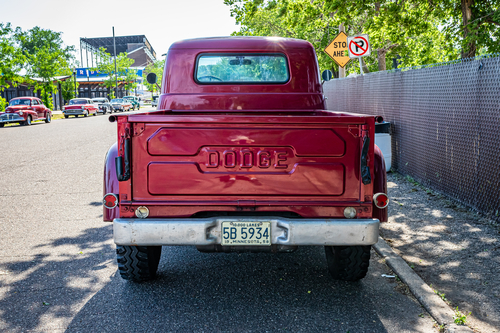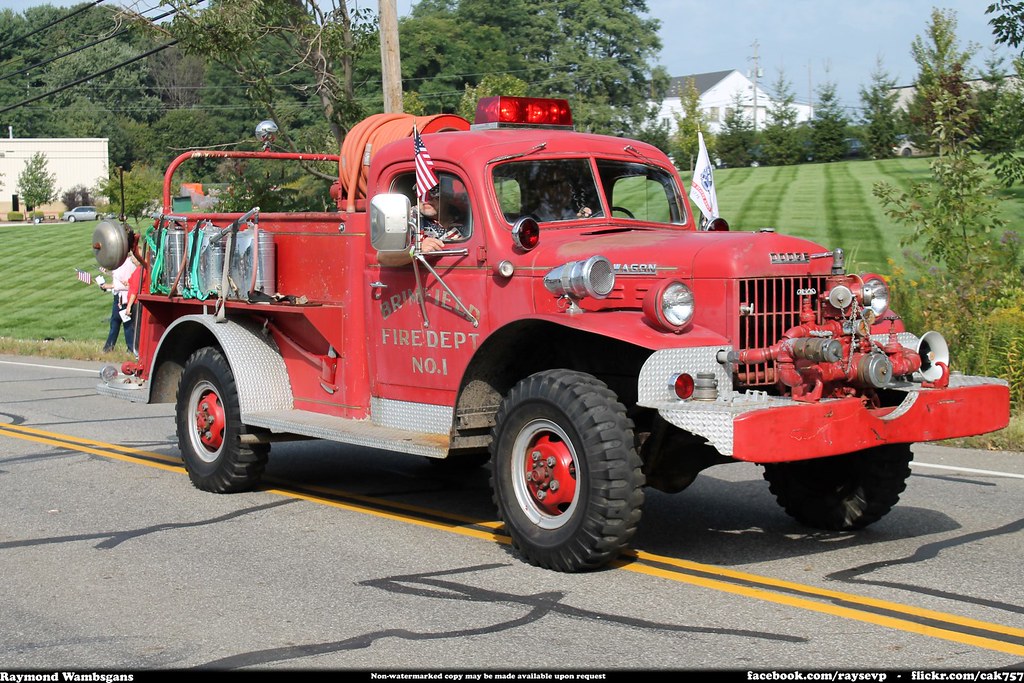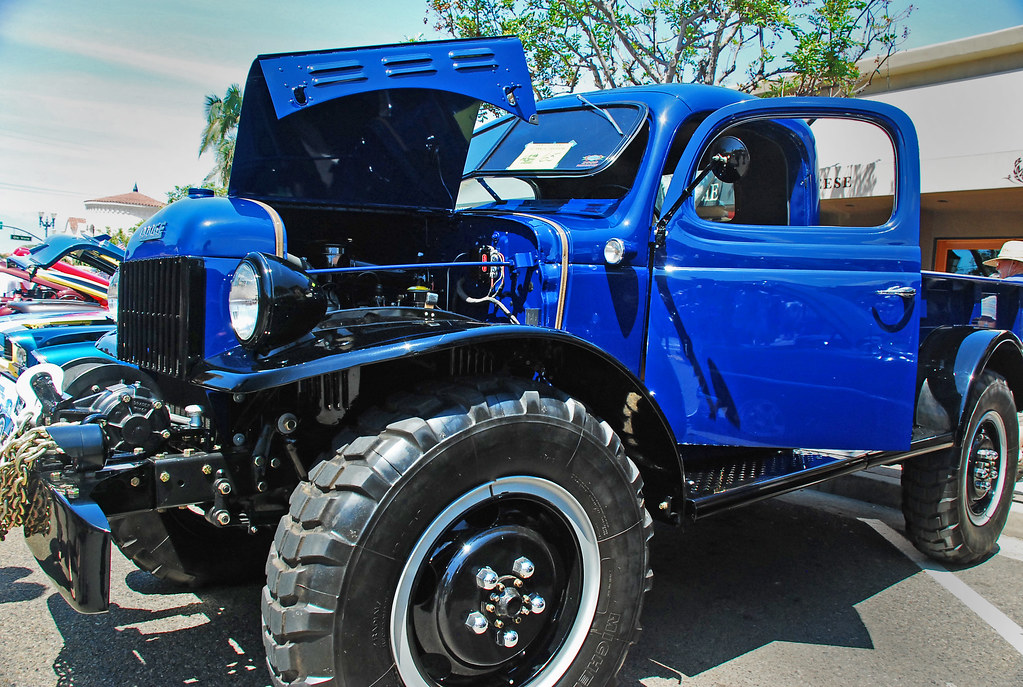
In the tapestry of American automotive history, few vehicles embody the transition from wartime utility to peacetime practicality quite like the venerable Dodge Power Wagon.

With its roots firmly planted in the battlefields of World War II, the Power Wagon emerged in 1946 as a testament to durability and versatility, bridging the gap between military necessity and civilian demand for robust, all-terrain capability.

The tale of the Power Wagon is one of evolution: from its early days as the muscular, flat-fendered WC series that carried soldiers and supplies across varied terrains, to its post-war civilian iteration that offered America its first taste of mass-produced 4×4 trucking.

The Power Wagon was a pioneer, not just in form, but in the cultural and economic landscapes that it helped shape.

Introduced immediately following the Second World War, the Power Wagon was America’s answer to a newfound appetite for rugged, off-road vehicles – a demand stoked by returning GIs familiar with the stalwart Jeeps and multipurpose trucks of the overseas campaigns.

The 230 cubic inch flathead 6 engine, which delivered about 94 horsepower, was a carryover from the war machines that traversed the European and Pacific theatres. This engine was complemented by features not commonly found on previous 4×4 vehicles, such as part-time 4WD with a 2-speed transfer case, a 4-speed manual transmission, and power take offs (PTOs) front and rear. The Power Wagon’s unique combination of an enclosed cab and open bed configuration cemented its place in history as America’s first mass-produced 4×4 “truck.”

The Power Wagon was not just a vehicle; it was a multi-tool on wheels. It boasted the ability to run sawmills, diggers, drills, hydraulic pumps, capstan winches, and more. It was common to see these versatile machines transformed into fire engine pumpers, farm plows, or tow trucks, especially in the more remote areas.

Its early success led Dodge to expand the range to include medium- and light-duty trucks in the late 1950s, designated the W100/W200, which bore the styling cues of the era’s C- and D-series trucks.

Its legacy as a civilian vehicle notwithstanding, the Power Wagon’s military DNA was evident. The WC trucks, predecessors to the Power Wagon, were ubiquitous sights in the theatres of World War II, serving in roles as varied as troop transport, ambulance service, and cargo/weapons deployment.

Dodge’s military trucks could trace their lineage to the 1934 Dodge K39, the United States government’s first production 4×4 truck.

As the decades rolled by, the Power Wagon evolved with the times. The original military-style vehicle slowly faded into obsolescence, but the name lived on as an option package throughout the 1970s and was resurrected over two decades later as a trim level on the 2005 Ram 2500 truck.

Today, the latest Power Wagon, now under the Ram brand, stands as a modern marvel with an electronic transfer case, locking front and rear differentials, an electronic disconnecting front sway bar, and a 12,000-lb WARN Zeon-12 winch.

To say the Power Wagon has had “one heck of a journey” would be an understatement. From its battlefield beginnings to its current status as an off-roading leviathan, the Power Wagon has carved out a niche in American automotive culture.

It’s a vehicle that has, for over three-quarters of a century, symbolized the indomitable American spirit – a fitting homage to a machine that has served both soldiers and civilians with equal fortitude.

The Power Wagon is not just a chapter in the story of four-wheel-drive technology; it’s an enduring icon that continues to inspire and serve. Here’s to the next 75 years.
Relevant articles:
– The Dodge Power Wagon: America’s First Mass, OnAllCylinders
– Power Wagon: Pioneered Off-Road America, DrivingLine
– 1946-1968 Dodge Power Wagon, HowStuffWorks
– 1945-’68 Dodge Power Wagon, Hemmings
